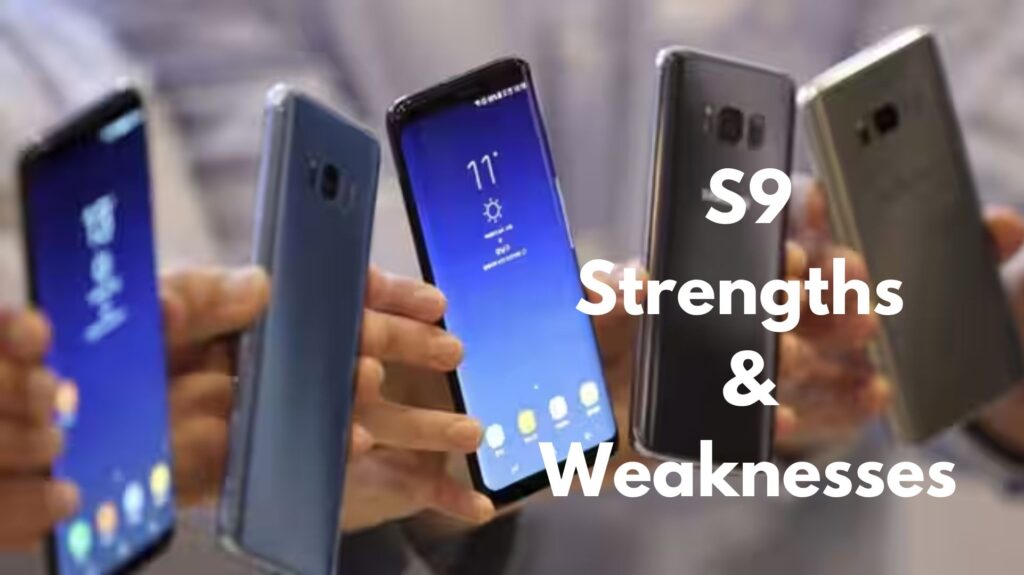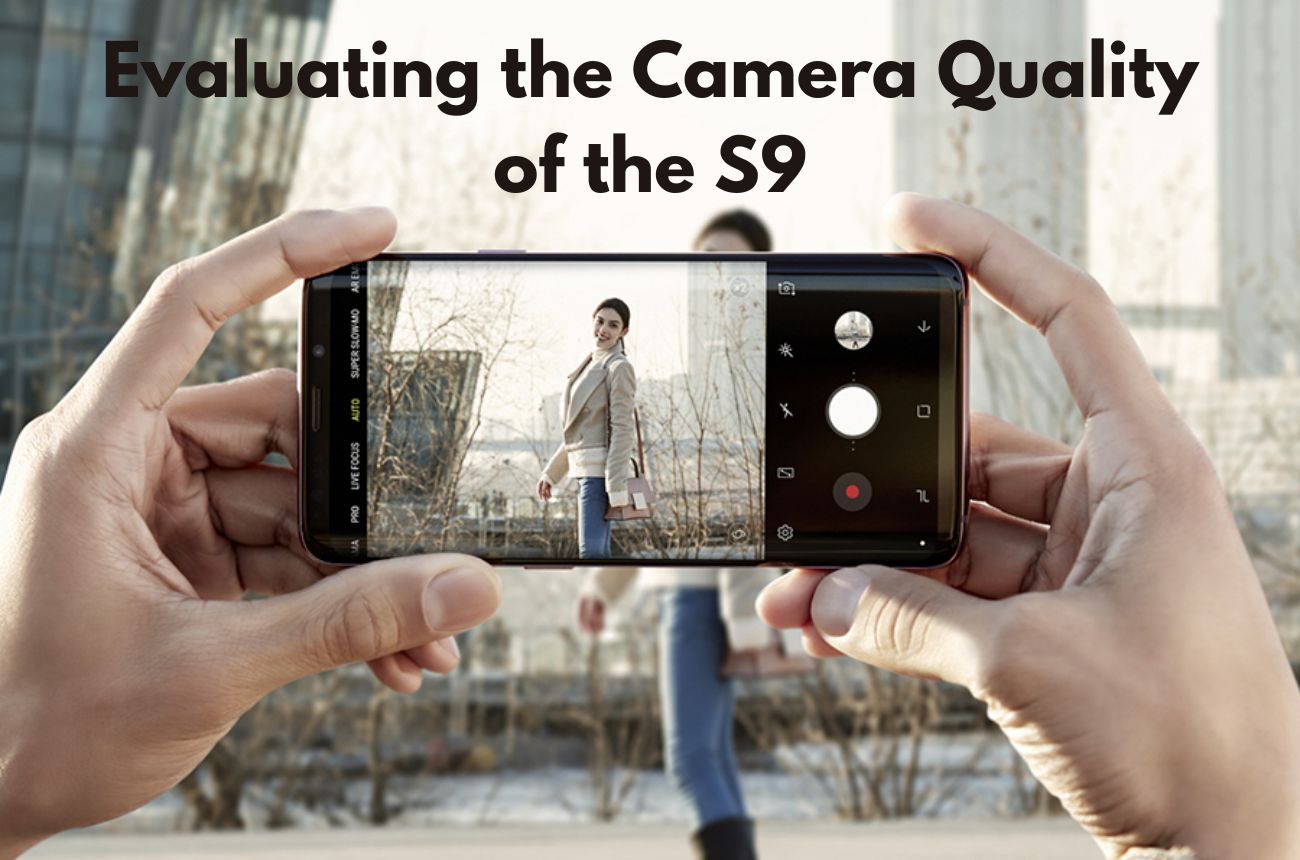The Samsung Galaxy S9 was a well-regarded phone upon release in 2018, and its camera was a particular highlight. Here’s a deep dive into its strengths and weaknesses to help you understand its camera quality:
Strengths:
Excellent Low-Light Performance:
The S9 shines brightest in dim conditions, thanks to its standout low-light performance. Its innovative variable aperture lens, capable of shifting between f/1.5 and f/2.4, sets it apart. When light is scarce, the wider f/1.5 aperture steps in, allowing more light to flood the sensor. This results in photos that are not just brighter, but also remarkably clear and less noisy than those from many rivals of its time. Whether you’re snapping shots in a softly lit room or under a starry night sky, the S9 delivers stunning clarity.
Great Photos in Bright Light:
While low-light is its forte, the S9 also captures excellent photos in bright daylight conditions. The variable aperture adjusts to f/2.4 in bright light, which helps in capturing sharper images with accurate colours and a wider dynamic range (the difference between the lightest and darkest parts of an image). This ensures details aren’t blown out in highlights or lost in shadows.
Fast and Reliable Autofocus:
Experience lightning-fast and precise autofocus with the S9, equipped with Dual Pixel Phase-Detection Autofocus (PDAF). This advanced feature excels in rapidly locking onto subjects, perfect for snapping action shots or capturing those unexpected moments with ease.
Live Focus and Other Features:
The S9 introduced the “Live Focus” mode, allowing you to capture bokeh effect portraits with adjustable background blur. It also offered other camera features like slow-motion video recording, optical image stabilisation (OIS) for sharper pictures and videos in low-light or shaky conditions, and various shooting modes for different scenarios.

Weaknesses:
Not a Huge Leap Over S8:
While the S9 camera improved upon its predecessor, the S8, the upgrade wasn’t a dramatic one. If you already owned an S8, the improvements might not have been significant enough to justify an upgrade solely for the camera.
Oversaturated Colors in Low-Light:
Some users found that the S9’s low-light photos, while impressive in detail and clarity, could appear slightly oversaturated in terms of colour vibrancy. This can be a stylistic choice, but some may prefer a more natural look.
Limited Video Recording Capabilities:
Compared to some competitors in 2018, the S9’s video recording capabilities weren’t class-leading. While it could capture 4K UHD video, some newer flagships offered features like 8K recording or higher frame rates for slow-motion capture.
Overall:
The Samsung Galaxy S9 sported a very capable camera system in 2018, particularly excelling in low-light photography. It captured great photos in most lighting conditions and offered features like Live Focus and OIS. However, it wasn’t a massive upgrade over the S8, and advancements in camera technology have surpassed it since its release.
Is the S9 Camera Still Good in 2024?
While the S9 camera is no longer the most cutting-edge, it can still take good photos, especially considering its age. If you’re looking for a good phone for casual photography and prioritise low-light performance, the S9 might be a good value proposition, especially if you can find it at a discounted price. However, if you’re a mobile photography enthusiast who wants the absolute best camera tech or features like high-resolution video recording, you’ll likely be better served by a newer flagship phone.

1 thought on “Evaluating the Camera Quality of the S9”
Comments are closed.